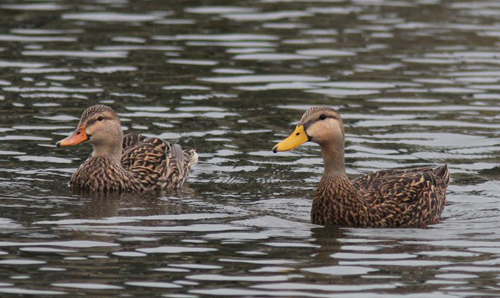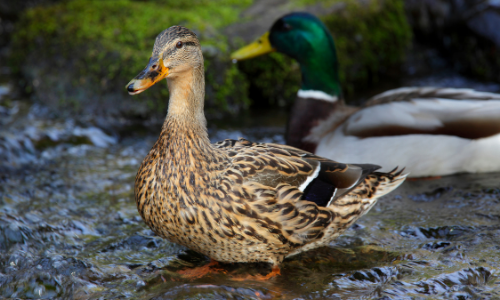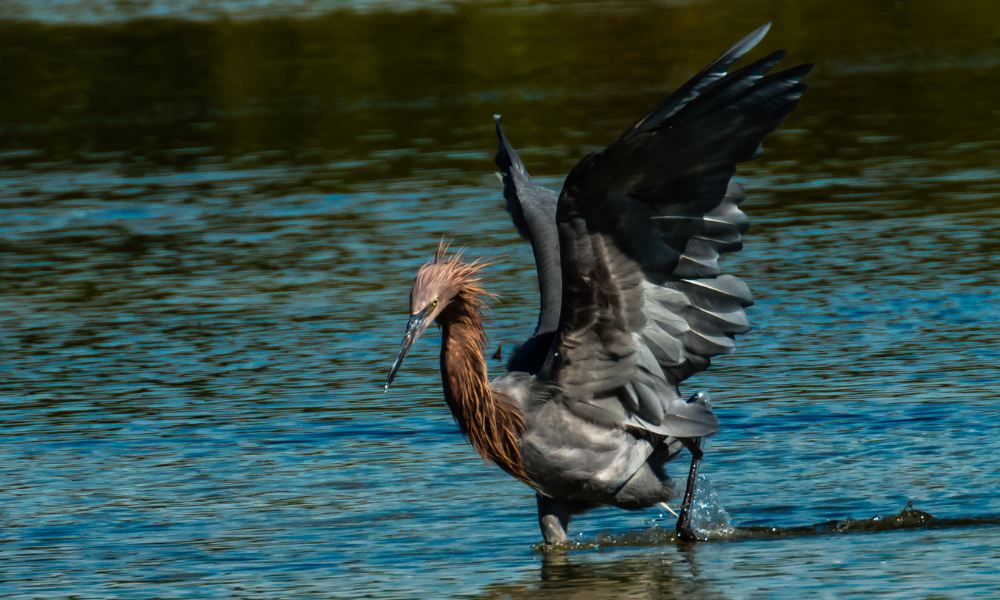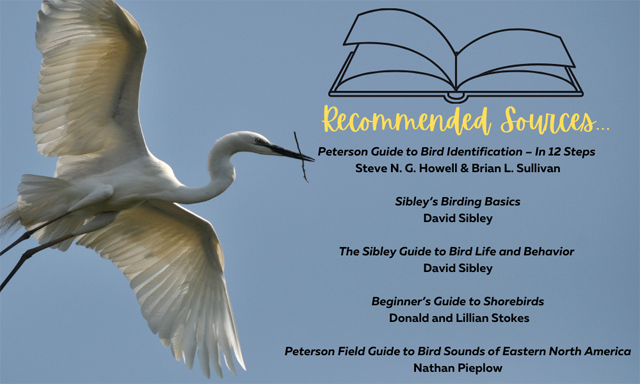By Lisa D. Mickey
Birds have a way of sending you back to your field guide, especially when winter migrants start soaring into Florida, landing on the pond behind your house and making you wonder exactly which bird you are seeing out your back door.
That has been the case for me this fall, when the ring-necked ducks flew in, followed by a larger, brownish duck that looked and acted like a mallard, but ultimately revealed itself as a mottled duck. Where are the green heads of the mallard males, I wondered – only to figure out that mottled ducks are a more likely species for me to see at this time of year where I live.
Migration for birds occurs twice a year here in Central Florida. It happens in autumn when migrants leave their nesting areas and return for a little winter R&R before it’s time to get all gussied up again and begin the courtship, breeding and nesting process. It happens again in the spring when these winter visitors leave for nesting areas as far away as the Arctic tundra.
The good news is that this seasonal transit brings a variety of ducks, warblers, white pelicans and a host of other birds to Florida each fall. Our marshes, ponds and shorelines offer an inviting place for them to spend several months eating, socializing and preparing for the next busy nesting season.
Adam Kent, an avid birder and frequent bird festival trip leader, offered some helpful tips during a recent “Building Birding Skills” webinar hosted by the Alachua Audubon Society. He uses three helpful clues for identifying birds: 1. Behavior/sound; 2. Appearance; and 3. Distribution (time of year/habitat).
Behavior is a useful identifier if you know the difference in how a turkey vulture rocks and tilts when it soars and how a black vulture flaps its wings and alternates with short glides. If you’re trying to tell an American crow from a fish crow, watch the fish crow fluff out its feathers when it calls. You can also ask the fish crow if it’s an American crow, to which it will answer in a nasal response, “Un-uh.” Have a listen…
Audio source: National Audubon Society
Egrets also have distinctive foraging behaviors. For example, if you’re trying to tell a reddish egret from a great blue heron from afar, watch how the reddish egret jumps around and flaps its wings as it forages, while the great blue heron will patiently stare at the water before taking one swift, calculated stab at its prey.
Sound is also a key aspect of a bird’s behavior. Many times, you may only hear the bird or you may hear it before you see it. If you can learn a bird’s call, it can help you see the bird, especially if you know its preferred habitat and from where it might be calling.
Appearance is how most of us try to identify birds, which can be tricky in different lighting. Kent suggests that bird feather patterns is a better ID clue than colors. For example, he notes that the color red disappears at a distance, but that white and black patterns or stripes may be more easily seen.
If you consult your field guide, the bird topography in the front of the book will help familiarize you with the bird’s anatomy, making identifying them easier once you learn to look for such field marks as eye stripes, wing bars, throat stripes, tail and bill shapes, and colorful lores around the bird’s face.
Finally, understanding a bird’s distribution can also help assure its identification. There are always exceptions because storms or natural events may push birds out of their traditional migratory routes, but understanding their preferred habitat and the season in which they may be present in a region will help narrow down which duck is on your pond. Once again, consult your field guide, which provides seasonal maps showing the bird’s traditional range.
Bird identification is a lot easier these days, thanks to countless phone apps, websites and resource books. Local Audubon chapters and nature centers can also assist, and during the migratory seasons, binoculars, cameras and spotting scopes will prove their value time and time again.
But even if you still can’t tell the difference between a snowy egret and a great egret, rest assured that top birders like Kent have misidentified many birds over the years. It takes time, along with determined interest.
The mere act of questioning a bird’s ID and consulting various sources until you have your answer will ultimately help you learn that bird, and more importantly, learn to look for the right clues along the way.
Lisa D. Mickey is a Florida Master Naturalist/ Florida Land Steward at the Marine Discovery Center.






Follow Us!